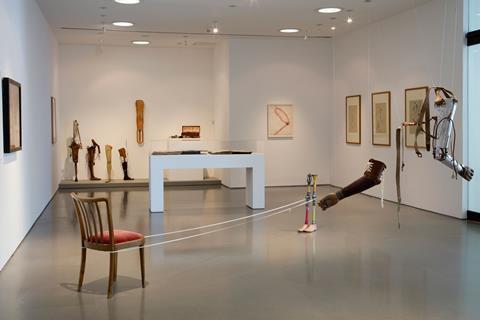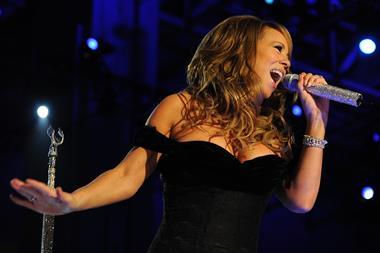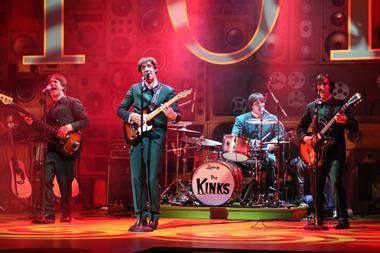The Henry Moore Institute in Leeds will host a new exhibition this year, called The Body Extended: Sculpture and Prosthetics.

Due to be on show between 21st July and 23rd October, the exhibition will portray the relationship between sculpture and prosthetics, from World War One to the present day.
Groups visiting the temporary exhibition will be able to trace how artists have addressed radical changes to the human body.
Presenting over 70 artworks, objects and images spanning the late-nineteenth century to the present day, The Body Extended will explore how sculpture and medical science have lengthened, augmented and supplemented the human figure.
In addition, a new sculpture by Rebecca Warren RA, co-commissioned with 14–18 NOW, the UK’s arts programme for the World War One centenary, will be located outside the Henry Moore Institute.
From 1914 to now
During World War One, prosthetics technology rapidly advanced. Echoing the mechanical engineering of the body, artificial limbs developed in both form and function.
And then in the aftermath of the war, hundreds of bodies needed to be rebuilt. In the UK over 41,000 veterans lost a limb, and in Germany one in every 16 citizens encountered on the street would have sustained a major injury.
Sculptors Anna Coleman Ladd (1878–1939) and Francis Derwent Wood (1871–1926) worked directly with surgeons, creating facial masks for soldiers injured in the trenches. Visitors will have the chance to see some of these examples when visiting the exhibition.
The Body Extended: Sculpture and Prosthetics will be full of items and artwork on loan from other collections, including those at the Freud Museum, Hunterian Museum, Imperial War Museum and Thackray Medical Museum in Leeds.
The exhibition will also feature work by artists such as Matthew Barney (b. 1967), Yael Bartana (b. 1970), Louise Bourgeois (1911–2010) and Rebecca Horn (b. 1944), who directly address relationships between sculpture and prosthetics.
For further information visit www.henry-moore.org/hmi.
Pictured: A painted metal facial prosthesis, by Anna Coleman Ladd. Courtesy of the Antony Wallace Archives of the British Association of Plastic, Reconstructive and Aesthetic Surgeons’.












